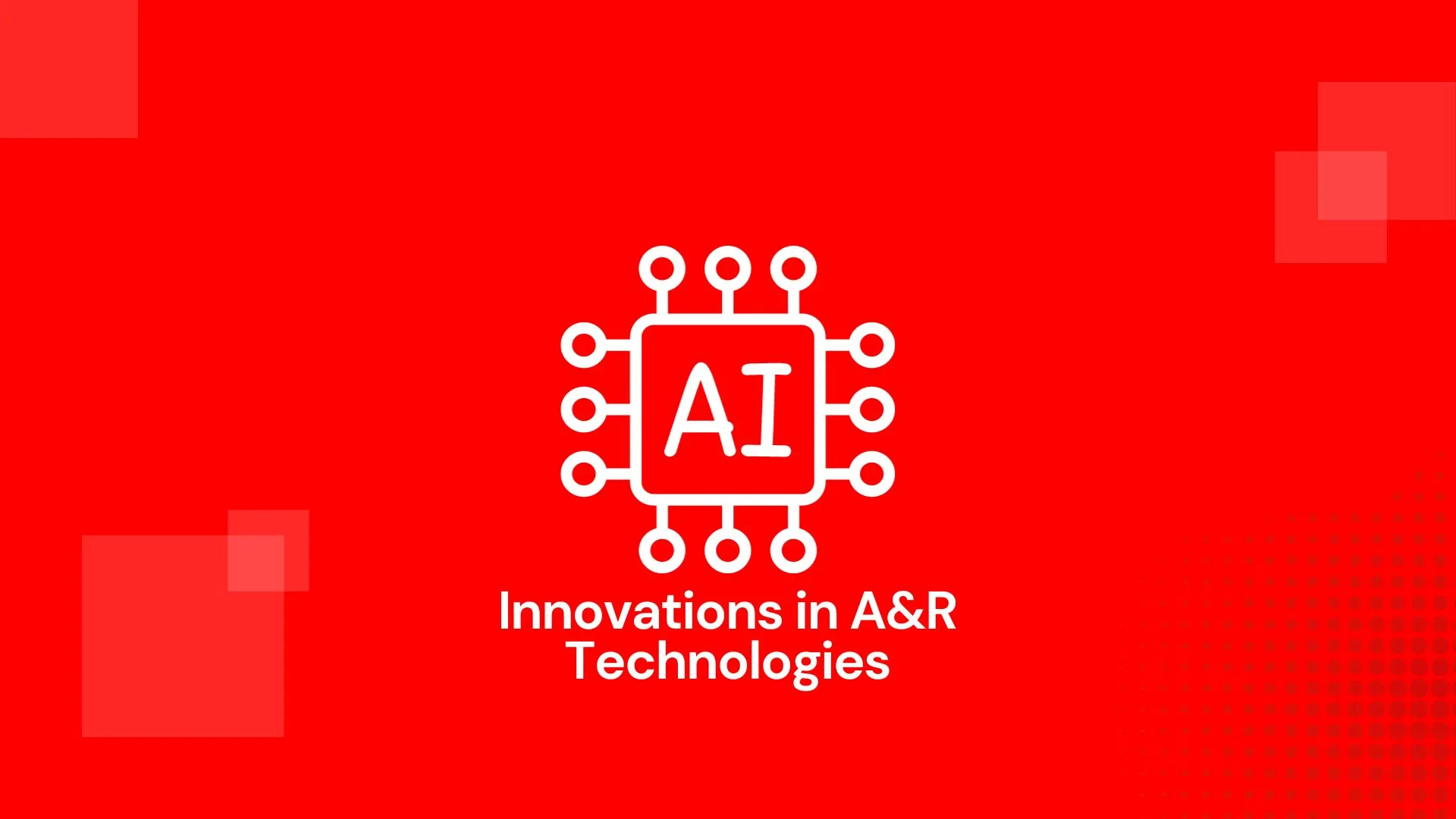
Introduction to A&R Technologies
What are A&R Technologies?
A&R Technologies, also known as Assessment and Recognition Technologies, refer to the innovative tools and methodologies used for evaluating and accrediting learning outcomes, competencies, and prior learning experiences. These technologies have revolutionized the traditional methods of assessment and recognition by incorporating digital platforms, data analytics, and artificial intelligence.
The Evolution of A&R Technologies
In recent years, A&R Technologies have gained significant prominence in various educational and professional contexts. With advancements in technology and the need for more efficient assessment processes, traditional assessment methods, such as exams and essays, have become inadequate. A&R Technologies have emerged as a solution to address the limitations of these conventional approaches.
Benefits of A&R Technologies
The implementation of A&R Technologies brings numerous benefits to the field of assessment and recognition. These technologies offer:
-
Efficiency: A&R Technologies automate the assessment process, reducing the time and effort required by educators and evaluators. This enables more rapid feedback and accreditation, leading to increased productivity.
-
Validity and Reliability: A&R Technologies employ advanced algorithms and data analytics to ensure accurate and consistent assessments. By eliminating human bias and subjectivity, these technologies enhance the validity and reliability of the evaluation process.
-
Personalization: A&R Technologies provide personalized assessment experiences for learners by tailoring evaluations to individual needs and learning styles. This personalized approach promotes engagement, motivation, and ultimately, better learning outcomes.
-
Flexibility: With A&R Technologies, assessments can be conducted remotely, allowing for flexible learning environments and eliminating geographical barriers. This flexibility accommodates diverse learners and facilitates lifelong learning opportunities.
-
Data-Driven Insights: A&R Technologies generate extensive data regarding learner performance, patterns, and progress. Educators and institutions can utilize this data to inform teaching strategies, identify areas for improvement, and make data-driven decisions to enhance the learning experience.
Types of A&R Technologies
There is a wide range of A&R Technologies available today, each designed to address specific assessment and recognition needs. Some common types include:
-
Automated Grading Systems: These systems utilize artificial intelligence algorithms to grade assessments, such as multiple-choice questions and coding assignments. They provide timely and consistent feedback to learners while freeing up educators’ time for more personalized interactions.
-
Simulations and Virtual Reality: Simulations and virtual reality environments offer immersive and authentic assessment experiences. Learners can apply their skills and knowledge in lifelike scenarios, enabling evaluators to assess their competencies in a realistic context.
-
ePortfolios: ePortfolios allow learners to showcase their work, experiences, and achievements electronically. These platforms provide a comprehensive record of a learner’s skills, accomplishments, and growth. They are increasingly recognized as valuable tools for assessing prior learning and supporting lifelong learning journeys.
-
Digital Badges and Microcredentials: Digital badges and microcredentials serve as portable and verifiable records of specific skills and achievements. They enable learners to demonstrate their competencies beyond traditional transcript records, offering increased recognition and marketability.